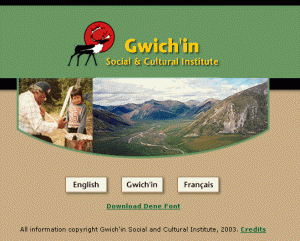This website describes and provides a history about Maori Language Nests in New Zealand. In the Köhanga Reo (language nests), young children (often selected from less advantaged homes) are cared for by Maori elders and other adults completely in Maori. The conception, organization and promotion of this very successful initiative were part of a grass-roots effort that began in 1982, as Maori elders became concerned about the future of their language and culture.
These “nests” or daycare facilities support language revitalization theory by facilitating the transmission of language between generations—what some say is the key to successful revitalization. Language nests led to language classes for the parents, instruction in Maori for school-aged children, and influenced educational policy. This website is a must for anyone who would like to know more about the “language nest” model of revitalization.
There are a variety of links that can be navigated throughout the site including an About Us section (this gives a great deal of information about the program’s particular details as well as some of the history behind it) and an events section (various conferences are listed here).

